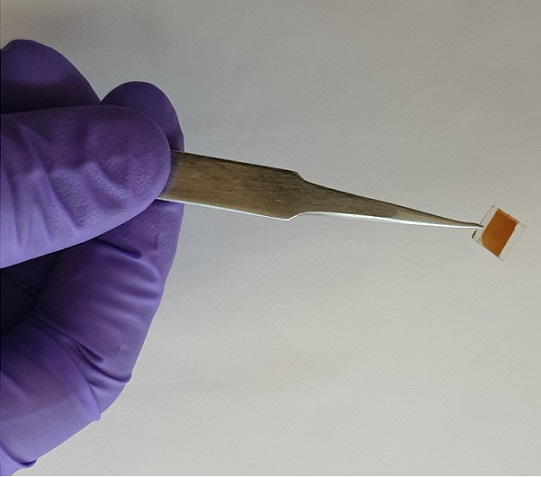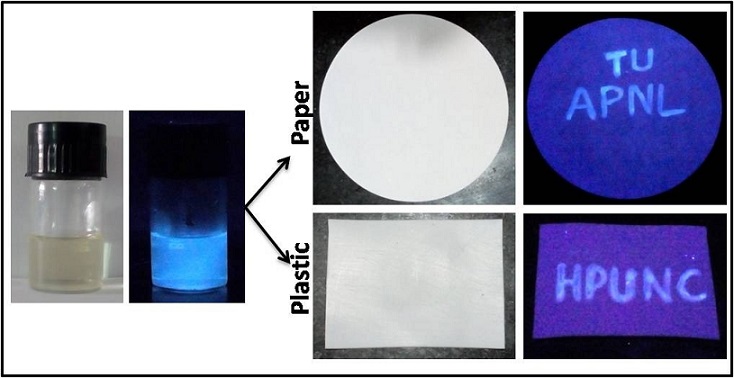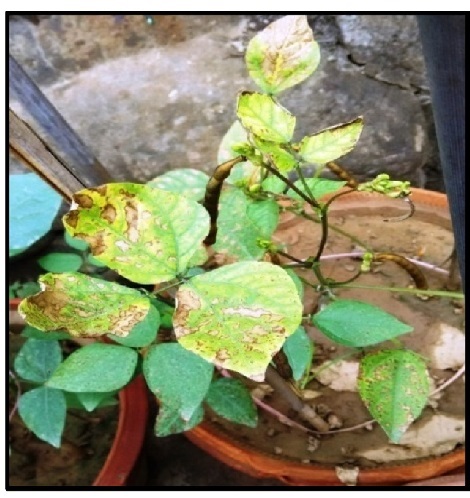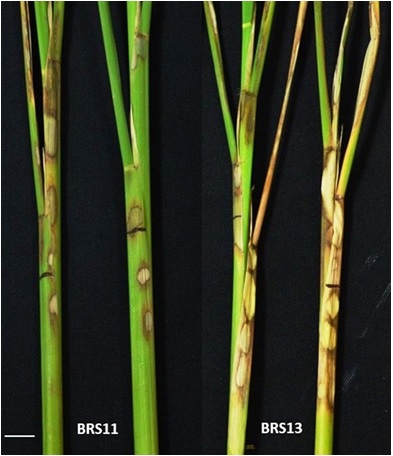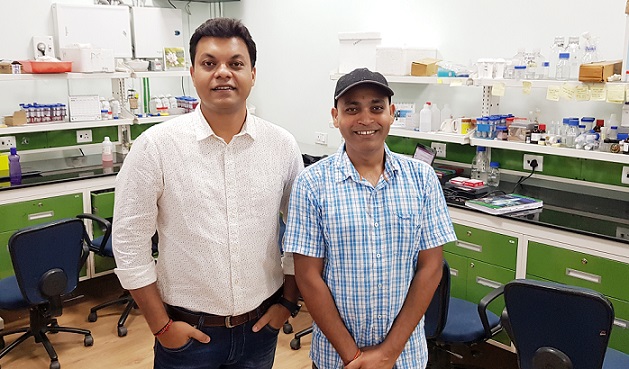
Dr Biman Mandal with Jadi Praveen Kumar
Silk has fascinated humans for centuries and is a preferred fabric when it comes to making exquisite draping material and sarees. Now Indian scientists have discovered that a protein produced by silkworms can be used to develop a range of beauty and skincare products.
The protein, sericin, is known to possess anti-oxidant and other medicinal properties. These properties depend on amino acid composition and secondary metabolites (polyphenols and flavonoids) of sericin. They vary with source of silkworms and their availability depends on the length of sericin peptides obtained during extraction, according to the researchers.
The research group at the Indian Institute of Technology Guwahati, which has been working on different aspects of sericin, have developed new methods for extraction of sericin isolates and from different varieties of silkworms and have studied properties of resulting sericin. The group has conducted animal studies to investigate properties of the compounds isolated from the protein.
At present sericin from silk varieties such as Muga and Eri is discarded during industrial production of the silk fabric. Processing of one ton fresh cocoons produces about 200 kilograms of sericin. “Therefore, we decided to turn this textile industry waste into wealth by exploring antioxidant, anticancer activity as well as protective effects of sericin against ultraviolet radiation-induced skin damage, premature aging of skin and melanin formation,” explained Dr. Biman B Mandal of the Department of Biosciences and Bioengineering at IIT Guwahati, while speaking to India Science Wire.
"Muga sericin-embedded cream could be used for topical skincare application as a potential therapeutic to protect skin against UV radiation-induced inflammation, oxidative damage of epidermal keratinocytes, aging, wrinkling, preventing skin roughness, enhancing the skin elasticity and moisture content"
Sericin was isolated from cocoons of three types of silkworms - Bombyx mori (Mori), Antheraea assamensis (Muga) and Philosamia ricini (Eri) - using five different extraction methods. The protein samples were then studied for their physicochemical properties and antioxidant activity. It emerged that that molecular weight, structures of sericin isolates and total content of metabolites depends on the extraction methods used.
Using alkali-degradation method, researchers extracted sericin from cocoons of three silk varieties and explored their anticancer and protective effects against UV radiation-induced damage in laboratory animals. At higher concentrations, sericin isolates acted as pro-oxidants and increased free radical production in cancer cells, leading to cell death. Treatment with sericin extracted from Muga silkworm showed better protection against UV-induced keratinocytes death than extracts from the other two varieties.
Sericin isolates from Muga silkworms were used in preparation of skincare formulation. Using serricin in these skincare formulations did not affect their flow properties. “Muga sericin-embedded cream could be used for topical skincare application as a potential therapeutic to protect skin against UV radiation-induced inflammation, oxidative damage of epidermal keratinocytes, aging, wrinkling, preventing skin roughness, enhancing the skin elasticity and moisture content,” said Dr Mandal.
Overall, he said, sericin compounds isolated from cocoons of North-East varieties have shown better antioxidant, anticancer and protective properties. Muga sericin isolates have been used in cosmetic gel formulation and its properties investigated in animals. It could be used for protection from oxidative damage, edema, erythema, sunburn, premature aging, wrinkling, and skin cancer. The technology has been patented and currently being explored for commercialization. The study results have been published by Dr Mandal along with Jadi Praveen Kumar in scientific journals Photochemical and Photobiological Sciences, ACS Applied Biomaterials, among others.
India Science Wire






